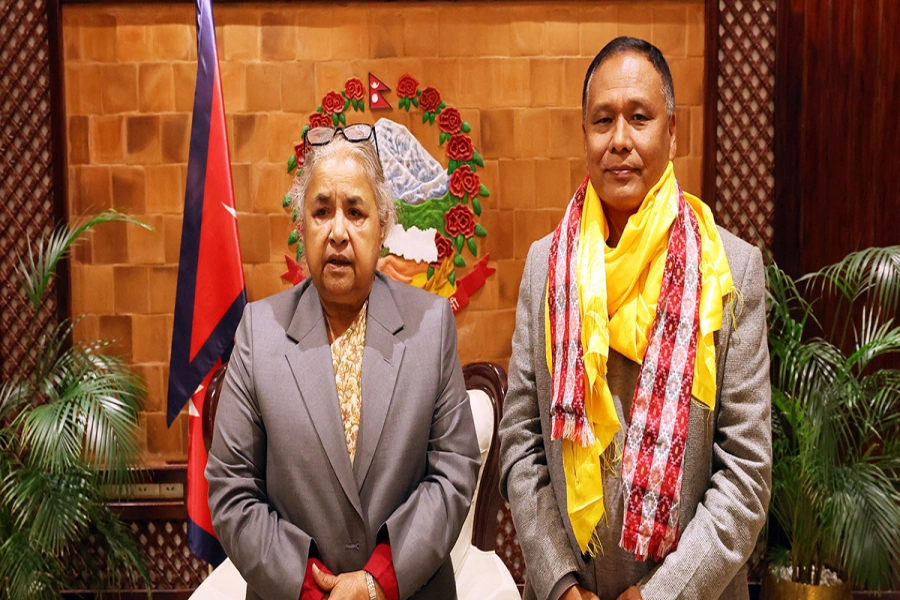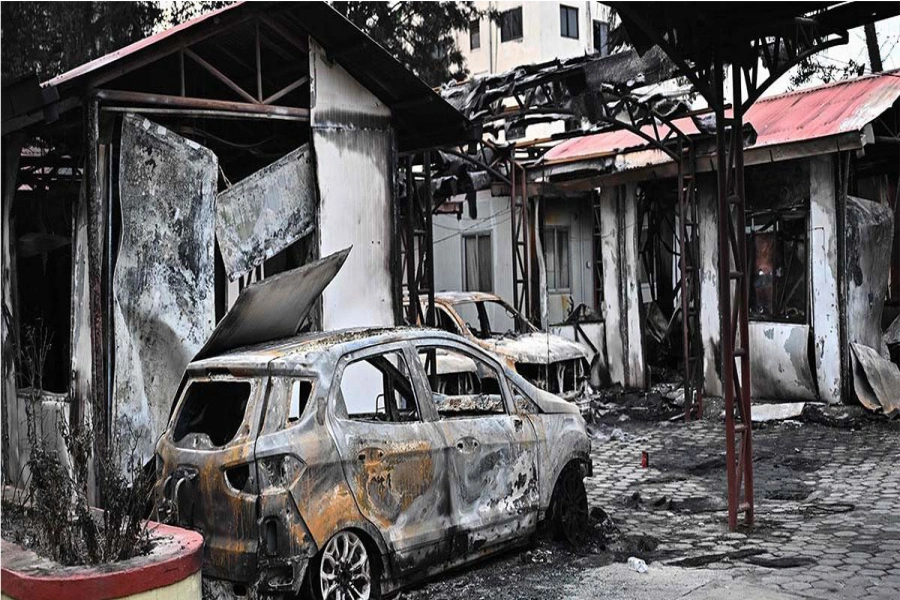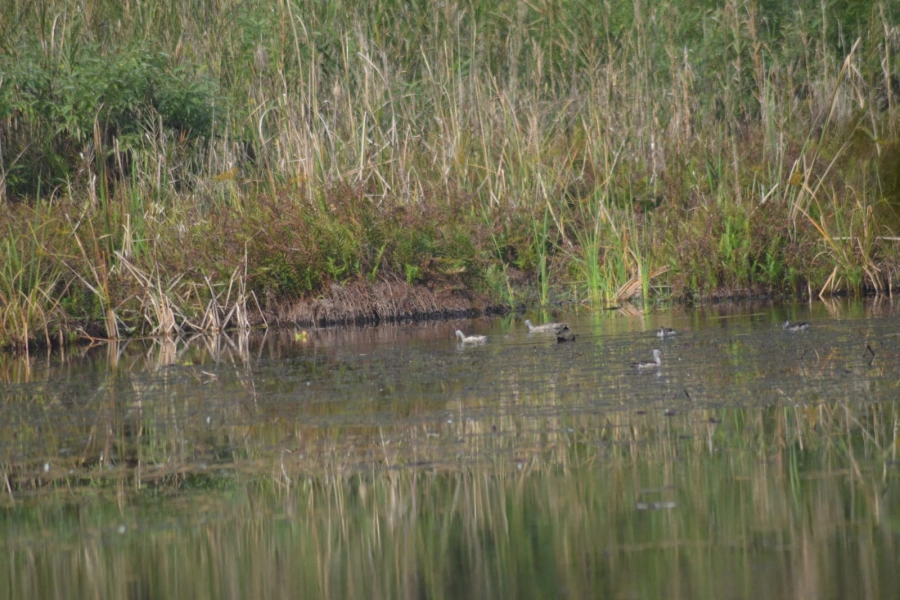People in several parts of Nepal’s Tarai have started to face drinking water shortage because tube wells, taps, boring wells and ponds, which used to be the reliable source of water, are now fast drying up. One such case has been reported from Bhairahawa. Tube well is the primary source of drinking water there but depletion of underground water level has dried up such wells compelling people to search for other sources of water. Locals there complain that in the past, they could easily fetch underground water by drilling around 80 feet, but now they hardly get water even after digging deeper than 200 feet. Environmentalists attribute this to rampant excavation of Chure, the primary source of underground water, which is being massively exploited to extract construction materials. To make the matters worse, people have been illegally extracting water without obtaining permission from Drinking Water Office of the district. Alarmingly, what is happening in Bhairahawa is happening elsewhere too, including in the capital city. According to another recent report, depletion of underground water has resulted in hand pumps going dry in Kapilvastu. Similar is the case in Kathmandu Valley, where almost 50 percent of people rely on underground water.
Beat the summer heat

In Kathmandu and other major towns, haphazard construction of buildings and infrastructure has added to the water woes. Daily demand of water in the capital city has risen up to 370.7 million liters but Kathmandu Upatyaka Khanepani Limited (KUKL) has been distributing only 70.3 million liters in dry season and 120.8 liters in other seasons. The rest of the needs are fulfilled by either underground water extraction or through water suppliers. KUKL itself distributes around 50 percent of water from the ground water source. According to the study of Ground Water Resources Development Board, the water level has been receding in Kathmandu, Bhaktapur and Lalitpur. Thirty years ago, the study says, water was found at eight to 10 meters below the ground. Now, it is hard to find water even by digging 40 to 50 meters. With more than half of stone spouts inside the valley already drying up and Melamchi project hanging in limbo, where will the valley residents get water from? Where will people from Tarai, where underground water is depleting, turn to?
Melamchi project, when it gets completed, is expected to solve half of the water problems faced by the Kathmandu Valley and it will also contribute to preventing underground water from further depleting. Thus completing Melamchi project at the earliest should be the main focus of this government. For the longer run, however, the government needs to take stronger and more sustainable measures for preservation of local wells, ponds and streams and forest resources, which big buildings and infrastructure are encroaching on. When it comes to Nepal’s Tarai, the government’s focus should be on saving Chure, the lifeline of water resources for Tarai. Chure continues to be abused for extraction of sand, aggregates and stones. This needs to be stopped. Researchers have predicted that scarcity of water could lead to water wars. Countries across the world are already facing acute shortage of water resources. In the most recent cases, we saw this happen in Chennai and Kerala of India. Nepali people should not be pushed to that terrible fate simply for the inability of the state authorities to preserve our water resources, which we have in plenty, at least until now.


































